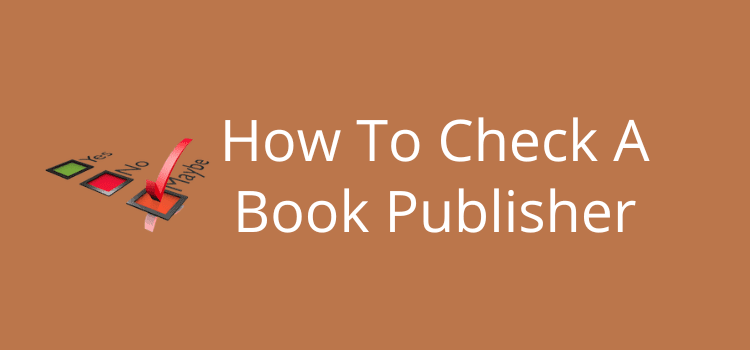
Can you use the same content when publishing on other platforms by using content from your blog or website?
The quick answer is yes, you can, and you should consider it.
It takes a long time to write an excellent article for your readers. However, search engines are changing rapidly due to artificial intelligence (AI), and they don’t deliver nearly as much organic traffic as they did in the past.
To combat this loss of organic clicks, you now need to spread your words far wider to find new sources of traffic.
The new challenge of finding readers
Gaining search engine traffic used to be relatively easy if you had a basic understanding of SEO.
However, times have changed and changed significantly. Gone are the ten blue links, replaced by AI overviews and instant answer boxes.
As an example of the change (or damage), Business Insider reported a 55% drop in Google search referrals from April 2022 to April 2025.
AI‑powered answer engines very often use key points from published articles and deliver the results without sending readers to the original publisher.
Instances like this are called zero-click searches, and the trend is on the rise.
If you relied on organic traffic in the past, you have likely seen a significant loss in traffic.
The only way forward is to spread your wings and stop relying on one traffic source for your website.
Every new article you write now will need more than a few old SEO tricks.
You’ll need to distribute it as far and as wide as you can to attract readers. But what choices do you have?
Luckily, you can find many relatively easy ways to distribute your new and even your existing content.
Make every post a winner
One quick point is that SEO is not dead. You can still get your pages indexed to appear in search results with some basic practices.
The only thing that has changed is that keywords are no longer as useful. It’s enough to have your keyword in your title and slug, and perhaps once in your text. Writing naturally is now the big thing.
Another winner can be image search. Don’t forget to add a description and alt text to all your images. I still get good traffic from images, so make the most of it.
Social media is now more important. A lot of bloggers avoided using social media when the pickings were easy.
However, it’s now become popular again as a potential traffic driver. Sure, Facebook and X can bring you some visitors, but I’ve discovered that Pinterest is much more effective.
The advantages of Pinterest are that you don’t need to spend hours interacting, and you can publish multiple pins to your articles.
After pinning regularly for a few months, Pinterest is now one of my major traffic sources.
However, there are more options apart from quick posts on social media.
You can publish your content in full on many platforms now, which gives you an excellent chance of attracting new readers.
The obvious candidates are Medium, Substack, and LinkedIn.
However, there are other platforms, including Vocal Media, Ezine Articles, and even Google Sites.
Deciding on how many external posting platforms to use is up to you, and the time you have available.
You can research online and find many more options.
However, using only a handful can be an advantage because you might find that you can attract a regular readership.
The pros and cons of publishing the same content
As with any choice, there are advantages and disadvantages that you will need to weigh up.
Here’s a quick list to help you decide or manage your external publishing.
Advantages:
More reach with minimal effort.
You can deliver your content to new and different audiences without rewriting your articles.
Handle platform changes.
If one platform makes adjustments to its algorithm or its audience’s habits change, your content remains alive and well on other platforms.
Potential audience growth
You can use multiple avenues. For example, Substack can help you build a mailing list. Medium can help you attract organic search traffic. While LinkedIn is ideal for increasing your professional network.
Ownership and control
Hosting the duplicate content in multiple places, especially if you have a blog, means that you are in control of how and where your content is published.
Disadvantages
Search engine confusion
Search engines prefer original content. If your article appears in multiple places, they may not know which one to rank.
You will need to use and understand canonical links. For example, You can do this with Medium when you import a post to point to your original article. This tells search engines which version to index and rank.
Negative audience reaction
Readers who may follow you on more than one platform might feel bored or cheated when seeing the same material.
Specific platform limitations
Medium supports canonical URLs, while Substack is email-based, so SEO is less relevant. LinkedIn doesn’t support canonical tags, so you may need to incorporate variations.
Best practices to follow
Publishing your content on other platforms is often as easy as copying and pasting or one-click importing.
However, there are a few traps to avoid to make sure that your original content remains your primary source.
1. Choose your primary version
Logically, this will be the original article on your website. Make sure all copies point back to your original content using a canonical tag or a link.
2. Wait, don’t rush it
If you republish your content too soon, you may confuse search engines, and they may index a copy instead of your original. Wait at least two weeks, or until Google and Bing have indexed your original article.
3. Adjust and tweak
To avoid boring readers, you can make changes such as a new title, a revised introduction, or different external links. You don’t need to do a complete rewrite, but small changes can improve your chances.
4. Track your analytics
Most sites give you analytics and statistics. Keep an eye on them to see what works best for you.
Summary
Changes are happening to organic search at a rapid rate, and the only way to keep up is to change and adapt to the new realities.
Sure, AI search means that the traditional ten blue links are of much less value now.
However, AI tools like ChatGPT, Gemini, Perplexity, and even Google and Bing are including more links now, which is good news.
Because AI engines use (steal) your content anyway, having it in more than one location can be an advantage.
They may place more value on content from LinkedIn or Medium rather than your site, and if you’re there, you stand a better chance.
The big lesson all bloggers have learned is that you shouldn’t keep all your legs in one basket.
That’s why sharing your content online makes more sense than ever.
Related Reading: Why Using AI To Write For You Is A Terrible Idea
Share This Article


